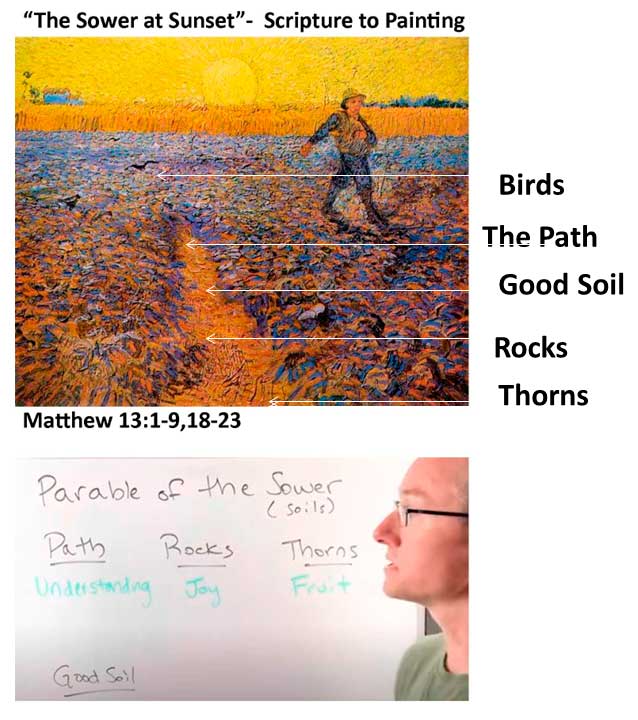
"He said (to Elijah), ‘Go out and stand on the mountain before the Lord, for the Lord is about to pass by.’ Now there was a great wind, so strong that it was splitting mountains and breaking rocks in pieces before the Lord, but the Lord was not in the wind; and after the wind an earthquake, but the Lord was not in the earthquake; and after the earthquake a fire, but the Lord was not in the fire; and after the fire a sound of sheer silence." – 1 Kings 19:11-12

"Immediately he made the disciples get into the boat and go on ahead to the other side, while he dismissed the crowds… When evening came, he was there alone, but by this time the boat, battered by the waves, was far from the land,[a] for the wind was against them. And early in the morning he came walking toward them on the sea. But when the disciples saw him walking on the sea, they were terrified, saying, “It is a ghost!” And they cried out in fear. 27 But immediately Jesus spoke to them and said, “Take heart, it is I; do not be afraid.” – Matthew 14:22-27


